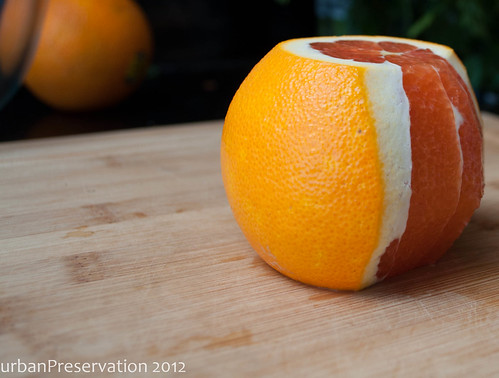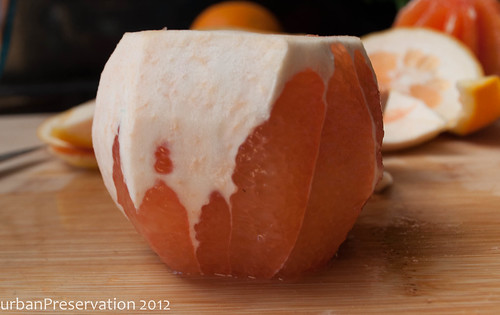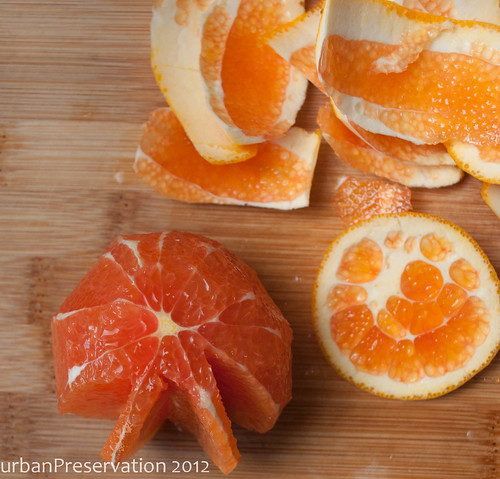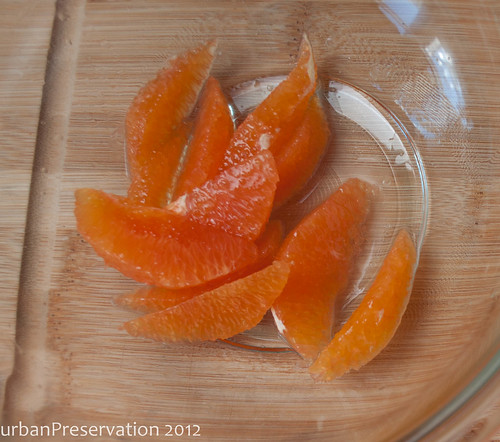When learning new techniques in the kitchen, I always like to weigh the complexity of the task against the difficulty the name suggests. The more impressive the name and the easier the task, the more likely I am to accomplish it. Supreme (rhymes with “pants hem”) is a fancy word for an incredibly useful technique that is not actually particularly complicated but makes people ooh and ahh when you talk about it. The end result is clean citrus slices without any bitter skin or seeds that can be easily added to salads, fruit tarts, jams, and sauces. The remaining segment-less piece of citrus can also be juiced for some additional flavor. I like to add finely chopped supremed lemon to quinoa to perk up the flavor. Or just add them to my morning yogurt. This fancy technique needs no special occasion.
You’ll need
At least 1 piece of citrus - orange, lime, lemon, grapefruit, all have excellent uses
A relatively sharp knife
Hands free of cuts and hangnails or the juice will sting – Alternatively wear non-latex gloves. I keep them around for working with chiles as well.
Step 1. Cut off the top and bottom – stem and blossom ends - of the citrus you’re working with so that it will sit flat on a cutting board.

Step 2. Starting from the top and working around the natural curve of the fruit, slice away strips of the peel and pith so that the flesh of the fruit is exposed. You may cut away a large amount of fruit in the beginning but better waste some fruit than leave pith on the finished product.I find that it’s often helpful to turn the fruit upside down after cutting away all the peel, to make sure all the pith is removed as well - unlike in the picture below. The curve of the orange can hide spots.

Step 3. Holding the citrus in your hand, identify the segments of the citrus, separated by a thin white line created by the skin separating the segments.

Step 4.Insert your knife about 1/8 inch from the line of pith and gently slice towards the center. Do the same on the other side of the segment, 1/8 inch away from the pith. At this point the segment should gently slide out from the fruit. If it doesn’t repeat your cuts going slightly deeper in the center of the fruit and angling the cuts towards one another until they meet in the middle, freeing the segment.

Step 5.Continue to remove segments by slicing them on both sides and removing while leaving the skin between segments intact. The final product will be juicy segments of citrus and a pinwheel shaped remainder of the original fruit.

The empty remains of the fruit can be squeeze for additional juice that is often a good addition to whatever dish you're making with the segments. Or it can be saved for sweet addition to a vinaigrette. Or put straight into a glass and enjoyed.
No comments:
Post a Comment